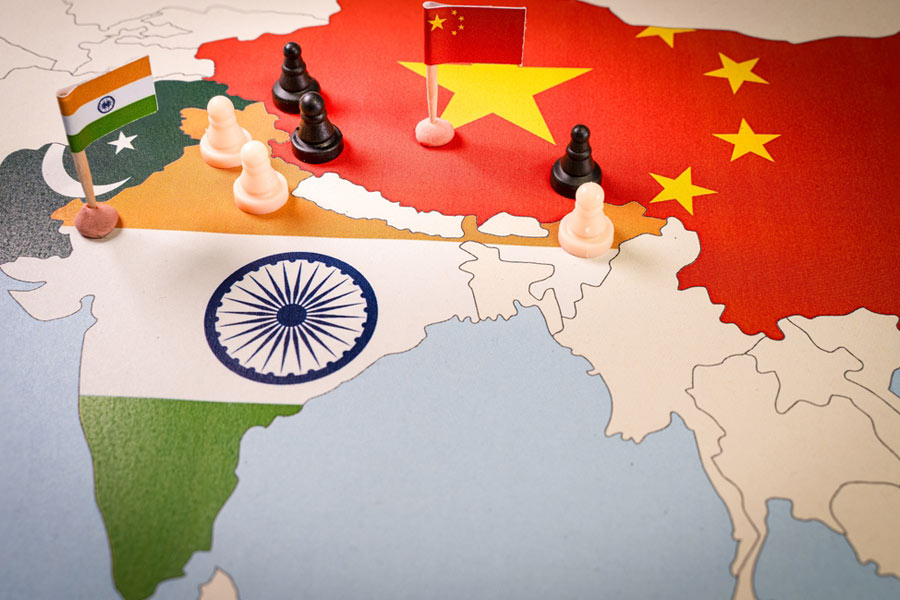India and China have announced a plan to ease tensions along their contested border four years after the worst clash between their soldiers dragged New Delhi-Beijing relations to their lowest point since the 1962 war. Under the border agreement announced by India on Monday and confirmed by China on Tuesday, troops from the two sides will disengage from points along the LAC where they have been locked in standoffs. They will each hold scheduled patrols, which will allow them both to remind the other of their respective territorial claims and to verify that the other side isn’t breaching the new agreement.
But little else is known so far about the disengagement plan — except for a bold statement from India’s external affairs minister, Subrahmanyam Jaishankar. He told a television channel on Monday, “[W]e have gone back to where the situation was in 2020.” Jaishankar didn’t specify whether he was speaking of the border or the state of the bilateral relationship more broadly. But turning back time might be difficult for the Narendra Modi government.
Multiple credible reports from independent researchers have suggested that China grabbed territory India previously claimed in Ladakh in the aftermath of the 2020 clashes. The Indian government denied the loss of any territory but herders in Ladakh have also spoken, anecdotally, of losing their pasture lands to China. Meanwhile, troops from the two sides have clashed at the border in Sikkim (2021) and in Arunachal Pradesh (2022). Until the Indian government allows a transparent assessment of how Indian and Chinese positions along the border have changed in the face of Chinese aggression, it is impossible to know whether the territory each side controls today is the same as in 2020.
Since the 2020 melee in Ladakh, India and China have both invested heavily in building border infrastructure aimed at helping their militaries transport personnel and equipment to the frontlines. Even with the border agreement announced, a deep distrust underlines the relationship and neither side is likely to lower its guard. After all, India has repeatedly witnessed Chinese border aggression right after New Delhi has attempted to strengthen ties — remember Modi and the Chinese president, Xi Jinping, on a swing on the banks of the Sabarmati in Ahmedabad while Chinese troops were busy building a road inside Indian-claimed territory?
And what of the relationship beyond the border? India has repeatedly insisted that broader ties cannot progress until there is peace along the border. But even if Monday’s pact cools tensions along the LAC, it won’t remove the deep suspicions with which China and India treat each other.
In the immediate aftermath of the 2020 clash, India had banned TikTok, owned by a Chinese firm, from the country. Restrictions on hundreds of other Chinese apps have followed. In 2021, India left out Huawei and other Chinese telecom giants from its 5G trials. New Delhi has also amped up scrutiny of Chinese investments in strategic sectors, including power, telecom and infrastructure. On its part, Beijing has increasingly accused groups like the Quad, which includes India, the United States of America, Japan and Australia, of trying to contain China’s growth.
There is little evidence so far that India is rethinking its approach to Chinese apps or strategic investments by Chinese firms in India. New Delhi’s commitment to the Quad is unlikely to waver either. India might have tensions with the West too — with the US and Canada over alleged assassination plots involving Indian agents — but New Delhi has identified Beijing as its long-term challenge.
Improved relations between India and China would be welcome for both nations. If New Delhi and Beijing can manage their rivalry without resorting to military escalation, that’s as much as either side can realistically expect for the future.
Charu Sudan Kasturi is a journalist who writes on foreign policy and international relations










